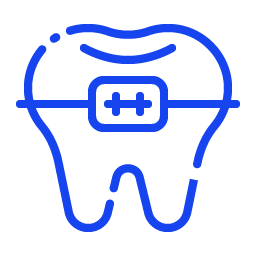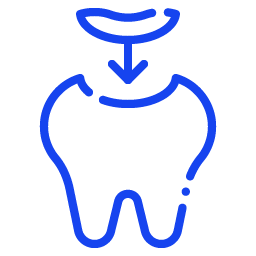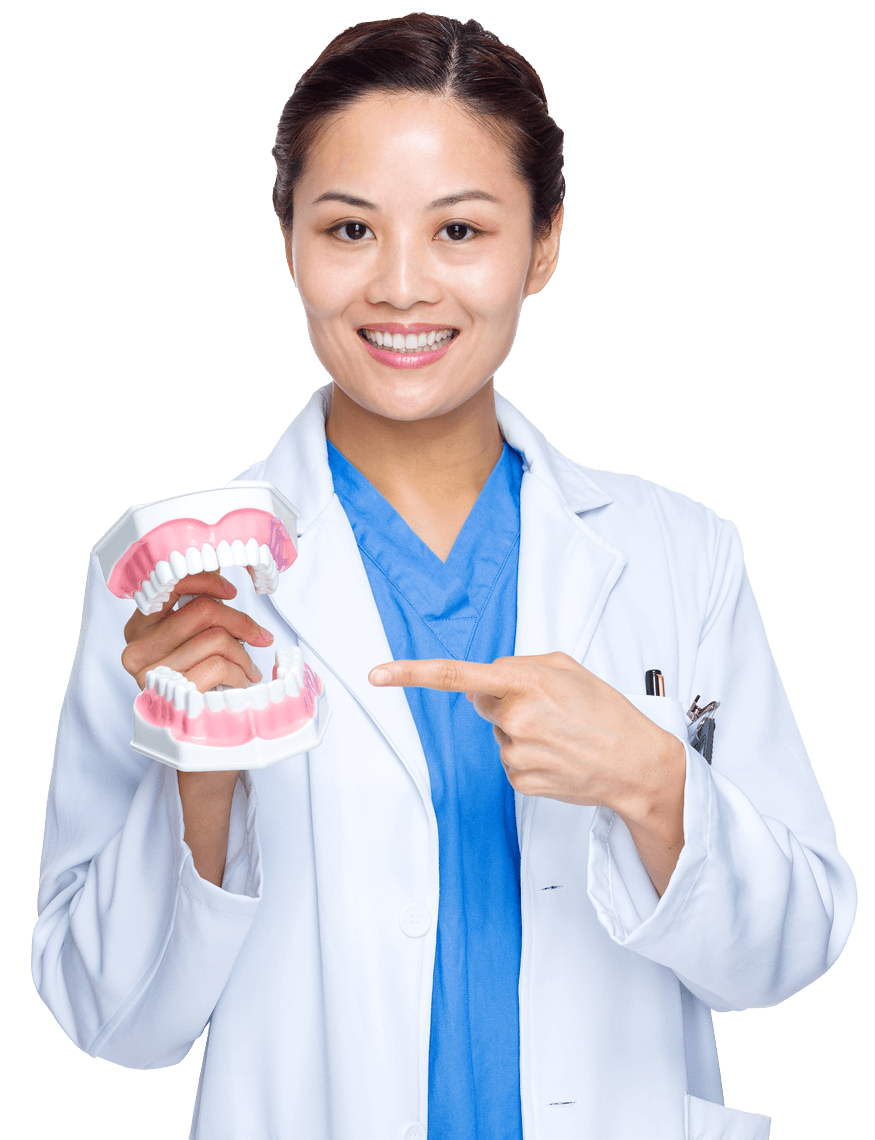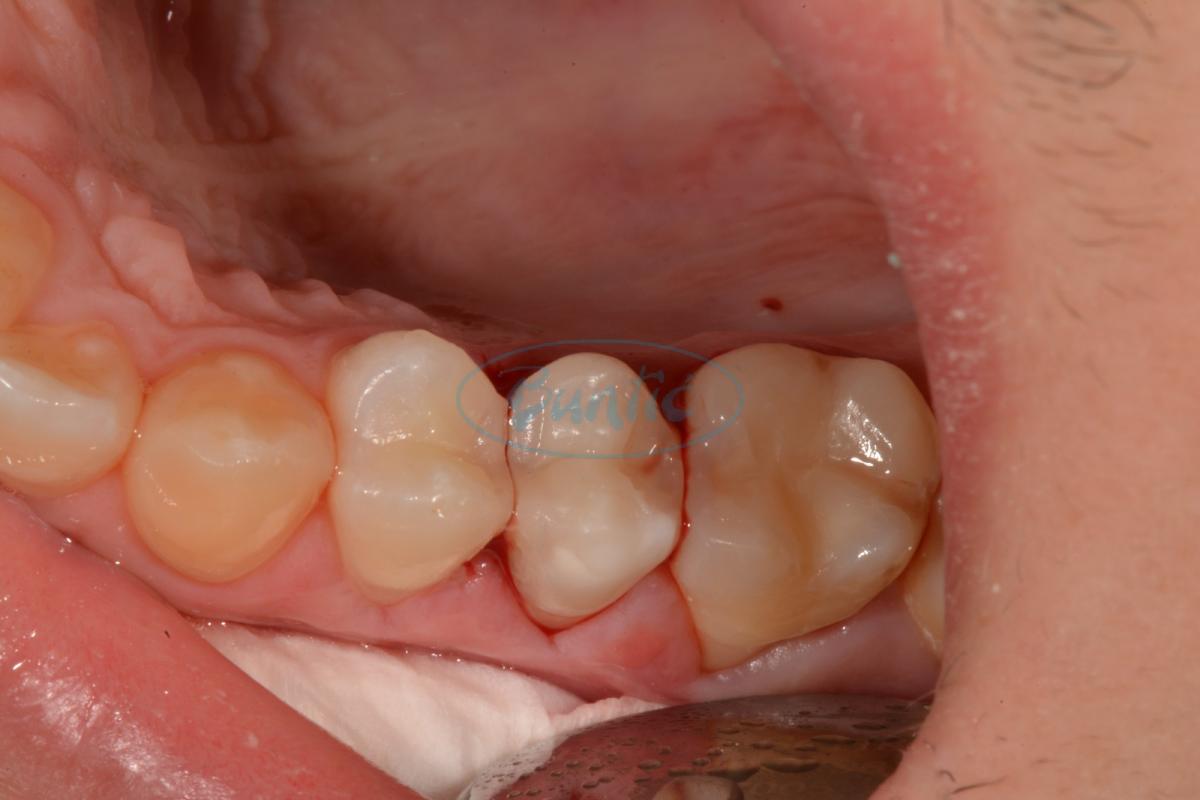Your Smile Our Priority

Welcome to Buntic Dental Clinic, where your smile is our top priority. Our dedicated team of experienced dental professionals is committed to providing you with the highest quality care in a warm and friendly environment. Whether you need routine check-ups, cosmetic treatments, or advanced dental procedures, we are here to ensure your visit is comfortable and stress-free. Let us help you achieve and maintain a healthy, beautiful smile!





Affordable Price

Professional Dentist

Satisfactory Service




Modern Equipment
Comfortable CIinic
Easy Online Appointment
Always Monitored


The Best Dental Clinic That You Can Trust
The Buntić dental office was founded in 2003 with the guiding idea of providing the best professional and technological access to oral health care in one place. We started our work as a family manufactory, and today we are a team made up of four dentists, three dental technicians, four dental nurses and a large number of visiting specialist doctors.
What we offer is a modern approach to dentistry with the use of the most modern diagnostic equipment and technologies available today. Behind us is not only greater technology, but also continuous education and familiarity with the modern principles of dental practice. Our team consists of young dentists, professional and ambitious and, above all, fairly inclined towards the demands and oral health of patients. First of all, we are here to do no harm, and at the same time to provide an adequate dental service. The uniqueness of our approach lies in the fact that inside the clinic there is a dental technical laboratory, whose technicians are active participants in the production process and are a very important link in obtaining the final result, which is a patient with satisfactory aesthetics and function of the teeth.
Our work in the field of dental prosthetics and restorative dentistry is recognizable, because we are able to guide patients through the use of modern digital technologies and predict the results of therapy using therapeutic aids such as Smile Design dental software from 3 Shape. This is important because before starting the therapy itself, patients can be warned about wrong expectations of the therapy, both in the aesthetic sense and in the functional sense. At the same time, the application of such software helps to reconcile the patient’s wishes and the possibilities within the anatomical and morphological limitations of the patient’s own mouth. In this way, disagreements are prevented to a large extent in the relationship between the patient – the dentist – the dental technicians who are in charge of manufacturing the prosthetic restorations themselves.
Helping Your Dental Problems

Our highly skilled team is dedicated to providing personalized treatments tailored to your unique needs. We prioritize your comfort and satisfaction, ensuring a positive experience every time you visit. Trust us to help you achieve optimal oral health and a radiant smile that you can be proud of.



Don't Hesitate to Do Consultation
Monday - Friday9AM - 9PM
Satuday9AM - 2PM


Happy Client


Doctor & Staff

Online Appointment
The Best Services
Lorem ipsum dolor sit amet, consectetur adipiscing elit, sed do eiusmod tempor incididunt ut labore et magna.
Expert Doctor
Lorem ipsum dolor sit amet, consectetur adipiscing elit, sed do eiusmod tempor incididunt ut labore et magna.
Become The Next Happy Client




Our Services
We offer a comprehensive range of dental services to meet all your oral health needs. From routine cleanings and preventive care to advanced restorative and cosmetic treatments, our skilled team is equipped to handle it all. We utilize the latest technology and techniques to ensure effective, comfortable, and personalized treatment for every patient.

Conservative dentistry
Conservative dentistry is a part of restorative dentistry, which deals with the care of teeth that have been damaged by the caries process, the procedures that are necessary to eliminate the caries, as well as the procedures that are necessary to close the cavity (cavity in the tooth) starting with the elimination of dentine and enamel destroyed by caries. until the use of adequate building materials.

Implantology
Implantology is a revolutionary way of replacing missing teeth. Tooth loss is devastating not only for public appearance, but also very harmful for oral health. It is very important to replace the loss of lost teeth as early as possible in order to prevent future disorders such as bite disorders, periodontal disorders and conditional future tooth loss.

Endodontics
ENDODONTICS is a medical science that is dedicated to the internal tissues of the teeth and diseases of those tissues, as well as appropriate treatments of the diseased pulp. In a situation where the tissues inside the tooth as well as the tissues surrounding the tooth become diseased or damaged due to advanced caries or trauma, endodontic treatment allows the tooth to be saved.
Service Price List
| first review | €20.00 |
| Control Review | €10.00 |
| specialist examination | €30.00 |
| dental therapy planning | €50.00 |
| the price of a missed appointment of 30 min | €30.00 |
| issuing reports for insurance companies | €20.00 |
| removal of soft and hard deposits with instructions | €30.00 |
| fissure filling | €20.00 |
| intraoral X-ray during operation | €10.00 |
| drug application and temporary filling | €20.00 |
| direct or indirect covering of the pulp | €25.00 |
| fostat cement seal | €20.00 |
| amalgam filling | €30.00 |
| single-surface aesthetic filling Ivoclar evoceram | €30.00 |
| Ivoclar evoceram aesthetic double-surface filling | €40.00 |
| three-surface aesthetic filling Ivoclar evoceram | €50.00 |
| single-surface aesthetic filling Ivoclar empress direct | €40.00 |
| aesthetic filling double surface Ivoclar empress direct | €50.00 |
| three-surface aesthetic filling Ivoclar empress direct | €60.00 |
| buccal veneer empress direct Ivoclar | €70.00 |
| metal-free onlay filling, inlay press ceramics | €200.00 |
| retention of filling with a logan pin or a parapulpal pin | €20.00 |
| retention of fillings with a zircon or FRC pin | €30.00 |
| treatment of pulpitis of a single-rooted tooth with NiTi needles | €40.00 |
| treatment of pulpitis of a double-rooted tooth with NiTi needles | €50.00 |
| treatment of pulpitis of a three-rooted tooth with NiTi needles | €60.00 |
| treatment of pulpitis of a single-rooted tooth, machining | €40.00 |
| treatment of pulpitis of a double-rooted tooth, machine processing | €60.00 |
| treatment of pulpitis of a three-rooted tooth machining process | €80.00 |
| treatment of gangrene of a single-rooted tooth, machining | €45.00 |
| treatment of gangrene of a double-rooted tooth, machining | €65.00 |
| treatment of gangrene of a three-rooted tooth, machining | €85.00 |
| canal filling removal - revision of treatment | €40.00 |
| installation of cofferdams | €20.00 |
| orthopanic recording | €20.00 |
| cross section shot | €50.00 |
| 3D recording | €100.00 |
| tooth whitening on the jaw | €200.00 |
| foils, retainers, foils for teeth whitening | €80.00 |
| putting on dental jewelry and zircons | €40.00 |
| total or partial pretension Ivoclar | €250.00 |
| total or partial braces with Bleach teeth | €350.00 |
| partial skeleton prosthesis Wizil | €450.00 |
| retention system in skeletal prosthesis according to breedent | €70.00 |
| retention system in a skeleton prosthesis according to CeKa | €100.00 |
| dodler bar | €100.00 |
| indirect placement of the prosthesis | €150.00 |
| direct placement of the prosthesis | €100.00 |
| prosthesis repair | €25.00 |
| installation of teeth in dentures per pc | €30.00 |
| installation of the hook in the repaired prosthesis | €30.00 |
| temporary bridge 4 members PMMA | €50.00 |
| temporary cover per piece of PMMA | €30.00 |
| removal of the crown per member | €15.00 |
| re-cementation of crown or bridge | €25.00 |
| cast iron superstructure | €30.00 |
| FRC stakes and zircon stakes and helion upgrade | €50.00 |
| metal-ceramic crown on CoCR alloy | €150.00 |
| metal ceramic crown on gold alloy | €450.00 |
| metal-free ceramic crown or facet pressed ceramic lithium disilicate | €300.00 |
| metal-free ceramic zirconia crown + veneer ceramic | €300.00 |
| metal-free ceramic zirconia multilayer monolith crown | €200.00 |
| metal-free ceramic zirconia multilayer monolith crown | €150.00 |
| maryland bridge with 2 extensions | €500.00 |
| milled crown, telescope crown | €250.00 |
| metal-ceramic crown BLEACH color | €170.00 |
| metal-free ceramic crown BLEACH color | €350.00 |
| crown on metal ceramic implant + factory abutment | €250.00 |
| crown on an implant that is screwed CoCr alloy | €400.00 |
| the screw-on implant cover is a gold alloy | €500.00 |
| place on the implant on the Multi Unit + TI Base | €350.00 |
| hybrid abutment on Ti base+zirconia | €200.00 |
| design of future work with the jaw patient | €150.00 |
| tooth extraction with anesthesia | €20.00 |
| extraction of teeth with anesthesia is more difficult | €30.00 |
| complicated tooth extraction | €50.00 |
| surgical tooth extraction | €150.00 |
| extraction of an impacted tooth | €150.00 |
| extraction of an impacted tooth - difficult | €400.00 |
| tooth root resection | €150.00 |
| cystectomy | €150.00 |
| cystectomy 2 - more extensive | €400.00 |
| surgical closure of the sinuses | €150.00 |
| surgical closure of the sinuses with removal of the foreign body | €450.00 |
| Caldwell Luc sinus surgical protocol | €500.00 |
| surgical closure of the sinuses with the use of a free mucosal autograft | €500.00 |
| use of free mucosal autograft | €400.00 |
| raising the floor of the sinus during implant installation and augmentation on the side | €800.00 |
| frenectomy | €50.00 |
| frenulectomy | €70.00 |
| leveling of the alveolar ridge by quadrant | €100.00 |
| deepening of the fornix per quadrant | €100.00 |
| incision of the abscess intraorally | €30.00 |
| incision of the abscess extraorally | €100.00 |
| stopping the bleeding with tamponade or bio means | €30.00 |
| treatment of alveolitis | €30.00 |
| installation of Bredent Blue Sky implants | €800.00 |
| installation of Zimmer implants | €800.00 |
| installation of Nobel Biocare implants | €900.00 |
| installation of Straumann implants | €900.00 |
| preparation of post-extraction wounds for tooth implantation | €400.00 |
| augmentation of the alveolar ridge biooss, biogide per segment | 1000.00 € |
| flap surgery, per tooth | €70.00 |
| causal periodontal therapy for the jaw | €150.00 |
| gingivectomy per tooth | €30.00 |
| making a periodontal splint for the jaw | €100.00 |
| placement of an orthodontic bracket on an impacted tooth Denodation | €100.00 |
| All on 4 concept per jaw, 4 implants and dentures on Bredent multi units | €5,600.00 |
| All on 4 concept per jaw, 4 implants and dentures on Nobel multi units | €5,600.00 |
| RevitaliZe, 4 zimmer implants, prosthesis on multiunits | €5,600.00 |
| Prp Arch, 4 Straumann implants, prosthesis on multiunits | €5,600.00 |
| prosthesis retained with 4 mini implants, per jaw | €2,500.00 |
| use of APRF a | €100.00 |
| use of Geistlich Biooss 0.5 g | €150.00 |
| use of Geistlich membrane 1 | €150.00 |
| use of Geistlich membrane 2 | €250.00 |
| Bredent Sky fast&fixed therapy, 6 implants, prosthesis on multi units | 6850.00 € |
| Nobel Biocare 6 implants, prosthesis on multi units | 6850.00 € |
| metal ceramic work on 4 implants All on 4, titanium alloy, 12 teeth | 3000.00 € |
| metal-ceramic work on 4 implants All on 4, COCR alloy, 12 teeth | 1900.00 € |
| metal-ceramic work on 6 implants on multiunits of 12 teeth | 2100.00 € |
| Zirconia work on 4 implants - All on 4 - twelve teeth | 2800.00 € |
| Zirconia work on 6 implants on multiunits - twelve teeth | 3000.00 € |
| 4 Bredent implants, locators, prosthesis on locators | 5600.00 € |
| 4 Nobel implants, locators, prosthesis on locators | 5600.00 € |
| bar or bar on implants | 1000.00 € |
| creation of a surgical guide, indicated implantology per implant with 1 opening | €300.00 |
| additional openings on the surgical guide | €50.00 |
| planning surgical therapy on a 3D image | €150.00 |
| monthly orthodontic control | €20.00 |
| orthodontic plate with screw and movable elements | €250.00 |
| monobloc | €400.00 |
| vestibular plate | €250.00 |
| beard cap | €250.00 |
| fixed orthodontic appliance per jaw | €750.00 |
| fixed orthodontic appliance on the jaw of an aesthetic bracket | 1000.00 € |
| removal of the fixed orthodontic appliance on the jaw | €50.00 |
| more complex therapy with a fixed ortho device on the jaw | 1000.00 € |
| segmental fixini orthodontic appliance | €450.00 |
| control of fixed orthodontic appliance | €20.00 |
| replacement of brackets with fixed orthodontic appliances | €30.00 |
| replacement of a ring in a fixed orthodontic appliance | €30.00 |
| arch replacement with a fixed orthodontic appliance | €30.00 |
| analysis for Invisalign | €100.00 |
| attachment for Invisalign | €100.00 |
| invisalign foil | €100.00 |
Our Expert Dentist


Dr. Nargis Haque
Dentist

Dr. Maelys Cordier
Dentist


Dr. Angela Wilson
Dentist

Dedicated to Give You The Best Services
The Honest Review From Our Client
Google Reviews
Frequently Asked Question
Book Now & SecureYour Seat Here
- Ulcinj, bulevar teuta
- buntic@ekosphere.me
- +382 69 344 043


Bereit für den Start
Erforderliche Felder sind mit * gekennzeichnet.





